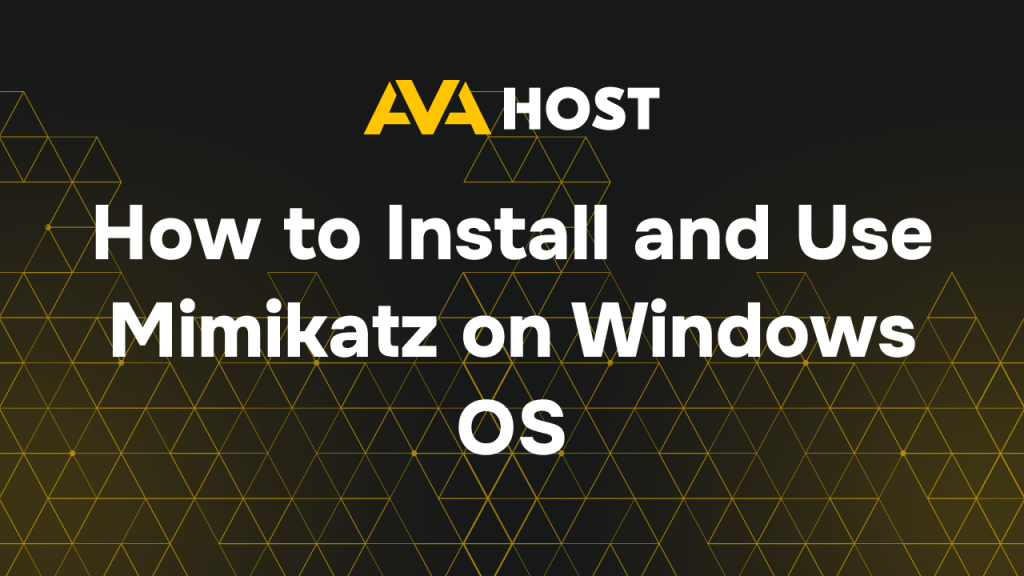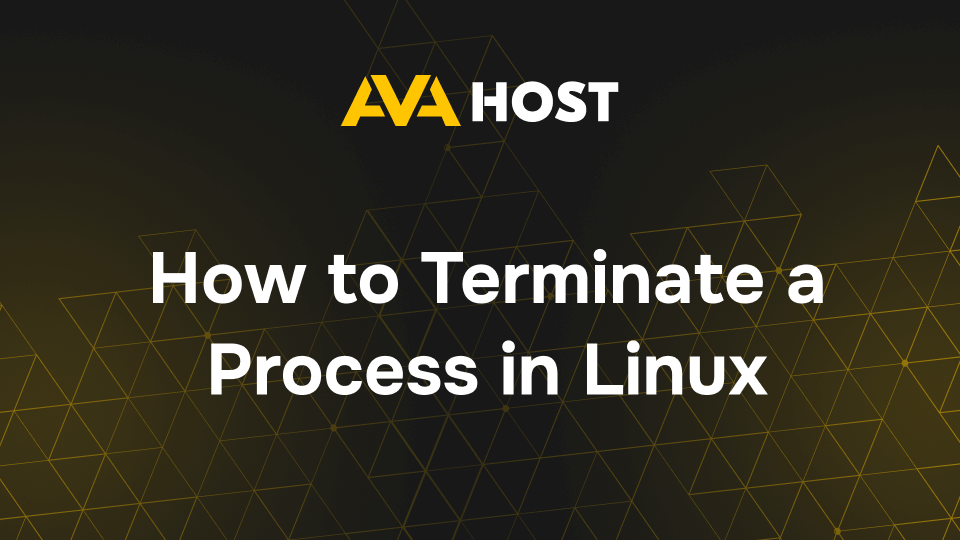F.A.Q

ClamAV is an open-source antivirus software that helps detect malware, viruses, and other harmful threats on your Linux server. In this guide, we’ll walk you through the steps to install ClamAV on a Linux system, ensuring you can scan files and keep your system secure. Step 1: Update the package list Before installing any software, […]

Introduction Mimikatz is a powerful tool designed to extract passwords, hashes, PIN codes, and Kerberos tickets from memory in plaintext. It is widely used by penetration testers and security professionals to assess system vulnerabilities. This guide provides a step-by-step approach to installing and using Mimikatz for ethical security testing. Warning: Unauthorized use of Mimikatz is […]

When working in a multi-user Linux environment, it’s often essential to know which user account you’re currently logged in with. Whether you’re managing servers, scripting automation, or troubleshooting permissions, Linux provides multiple commands to display your current login name. Using the whoami Command The whoami command is the most straightforward way to display your current […]

Searching for files efficiently is an essential skill for Linux users, developers, and system administrators. Linux provides multiple tools and commands to locate files, directories, and even search inside their contents. The “find” command is one of the most versatile tools for locating files based on names, types, sizes, modification times, and even permissions. Basic […]

In the ever-evolving world of digital marketing, having the right tools can make a huge difference to your strategy. SEO. Chrome extensions offer quick and effective ways to analyze websites, track keywords, and optimize content without leaving your browser. Below are nine powerful and free Chrome extensions that can help you with SEO and keyword […]

Using FileZilla with AvaHost: A Guide to Secure File Transfers FileZilla is a powerful, open-source FTP client that simplifies transferring files between your local computer and an AvaHost server. Whether you’re managing a website, uploading backups, or handling data, FileZilla’s support for FTP, FTPS, and SFTP makes it ideal for AvaHost’s VPS or shared hosting […]

How to Create a WordPress Website with a Chat Room Adding a chat room to your WordPress website enhances user engagement and builds community interaction. This guide simplifies the process of setting up a WordPress site with a chat feature, whether you’re launching a blog, business site, or forum. With practical examples and tips, you’ll […]

🎮 Gaming AVA: A Complete Guide to Setting Up Your Game VPS with AvaHost Whether you’re looking to host your own game server, enjoy low-latency online gaming, or run a private multiplayer environment for friends — Gaming AVA by AvaHost is built to deliver high performance, stability, and full control. In this guide, we’ll walk […]

Terminating Processes in Linux with Confidence Managing processes is a core skill for anyone running a Linux system, whether you’re maintaining a personal project or overseeing a high-performance application on ava.hosting’s robust VPS or dedicated servers. A process—an instance of a running program—can sometimes freeze, consume excessive resources, or need manual termination. Knowing how to […]

How Email Really Works: A Journey from Send to Inbox Email remains a cornerstone of digital communication, powering everything from personal chats to critical business exchanges. But what happens behind the scenes when you hit “send”? The journey from your device to the recipient’s inbox involves a sophisticated chain of servers, protocols, and checks. For […]


